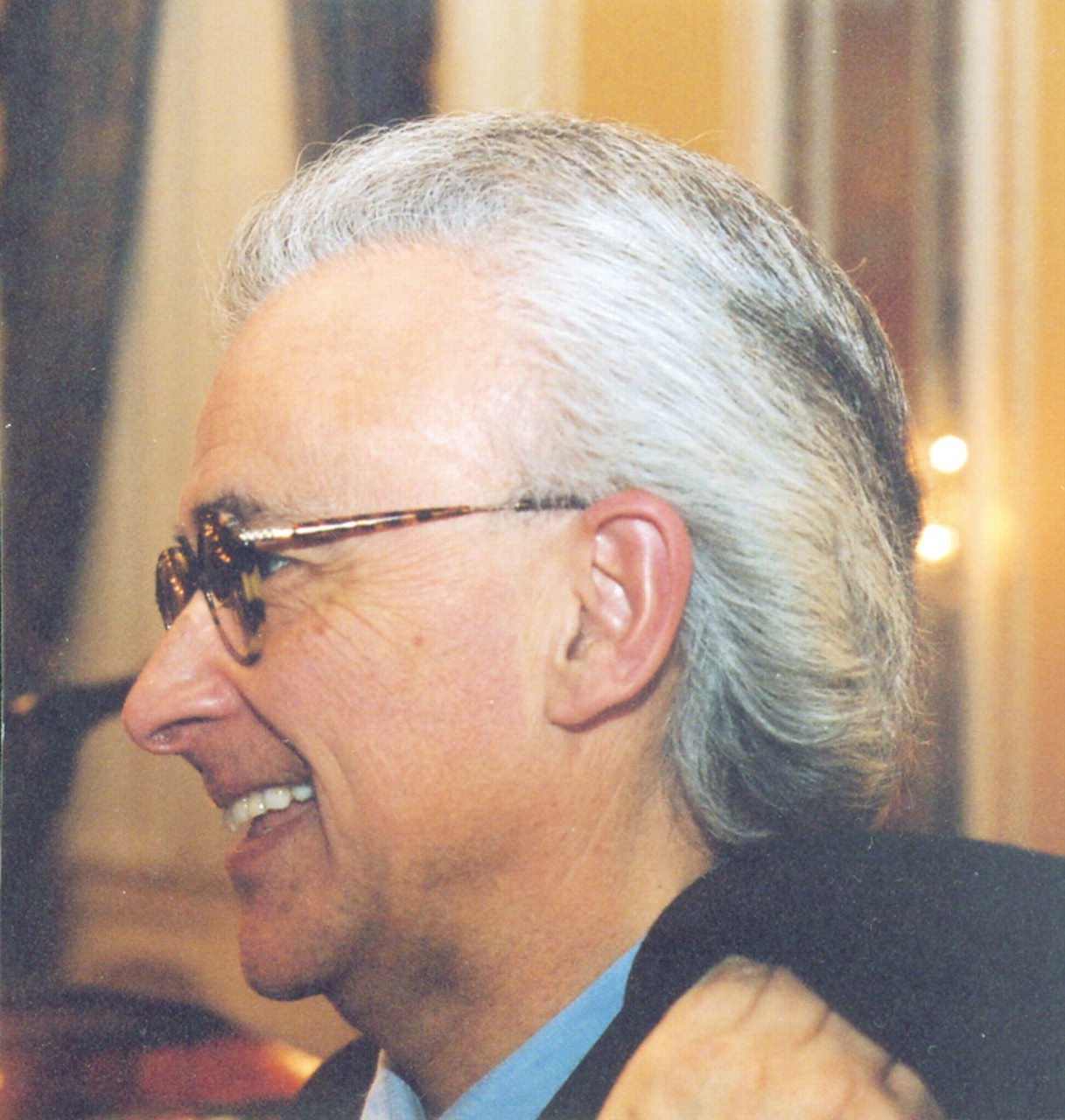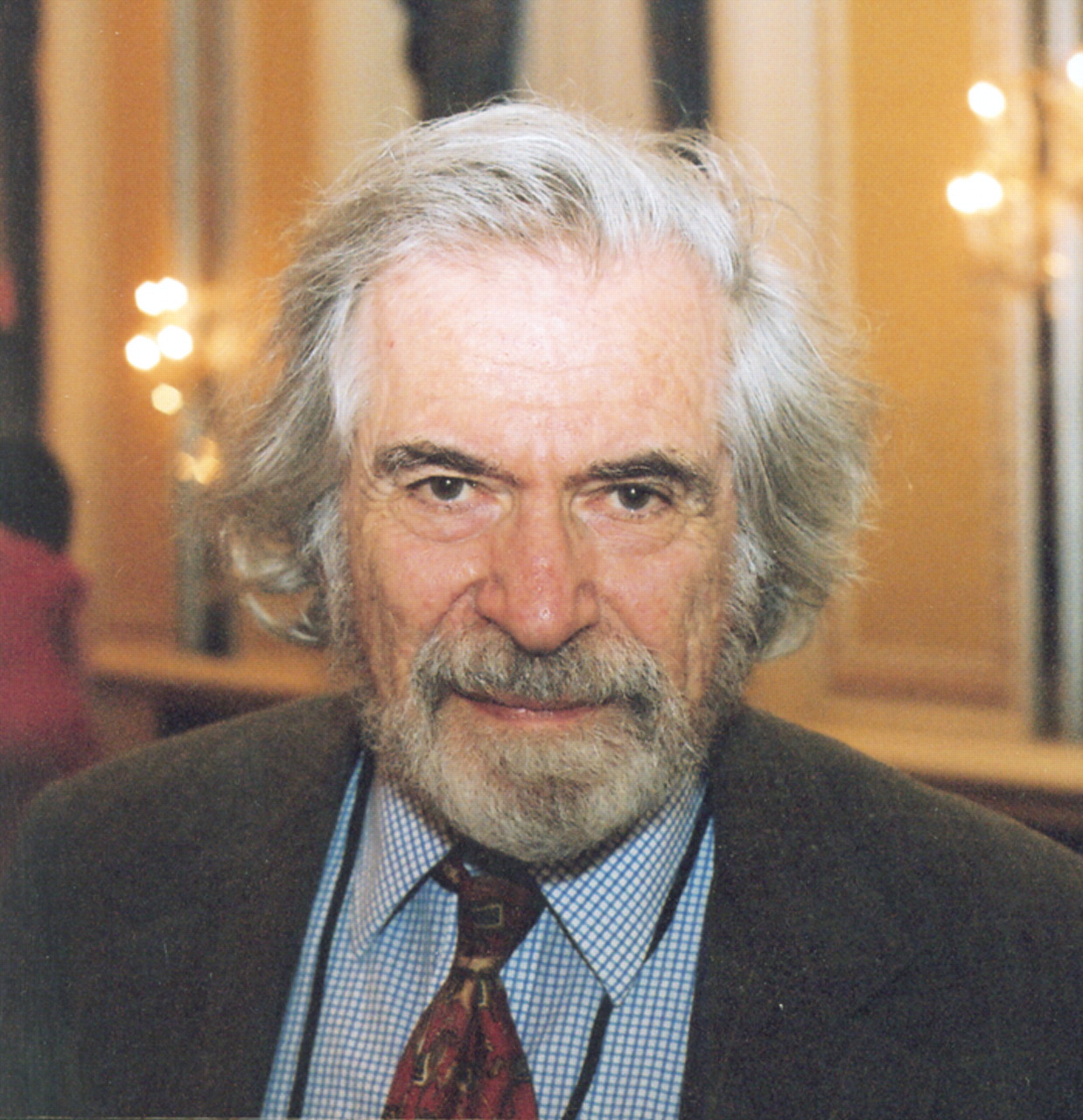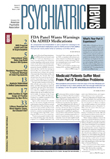, A large part of a psychiatrist's day is spent navigating the world of emotions, feelings, and consciousness. Yet what is actually known about these ephemeral mental states?
During the past two decades quite a bit has been learned about emotions, something about feelings, yet very little about consciousness, two sessions at a recent meeting of the American Psychoanalytic Association in New York City suggested.
One session was conducted by Antonio Damasio, M.D., a professor of neuroscience and psychology at the University of Southern California. The other session included Damasio and Arnold Modell, M.D., a professor of psychiatry at Harvard Medical School.
Emotions, Damasio explained, are essentially automatic reactions to a stimulus in the world or in one's mind. Sometimes people's brains respond with a particular emotion because of evolution—for instance, a dark form or a loud noise can provoke fear.
Yet other times, people learn to react emotionally. For example, one individual may be emotionally moved by a Chopin piano concerto, whereas another person may not. Moreover, emotions can be grouped into three tiers—background emotions such as enthusiasm; primary emotions such as fear, anger, and sadness; and social emotions such as compassion.
Scientists have identified specific areas of the brain that trigger emotions, Damasio noted. The amygdala, ventromedial prefrontal cortex, anterior cingulate cortex, anterior insula, and basal ganglia are some of the regions that are known to be involved.
Researchers have also found out that specific brain areas are involved in processing specific emotions. For example, the ventromedial prefrontal cortex is involved in the manufacture of social emotions. About a dozen brain structures are implicated in sparking fear. Also, investigators have discovered some of the changes that occur in the brain as a result of emotions. For instance, regardless of whether they are positive or negative, emotions can influence attention or working memory, and while a small emotional response can enhance attention or memory, a large response can impair them.
Feelings Are Not Emotions
As for feelings, Damasio added, they are not the same as emotions, but are rather composite perceptions about things, situations, or people. For example, a person might say, “I'm not feeling very well today” or “I just don't feel that that house is the right one for us.” In fact, an individual can have a feeling about an emotion he or she has experienced. Also, “You have parts of the brain that lead to emotional states and parts of the brain that lead to feelings about these states,” and the two may be different. A case in point: A fMRI study showed that when subjects experienced the emotion of sadness, certain brain areas became activated, yet when they formed a feeling about their sadness, other brain domains were aroused.
In contrast, some brain areas may be involved in processing both emotions and feelings, Damasio suggested. Take the insula. In a recent experiment, a skin wound was inflicted on subjects while their partners looked on. The brain activity of both the subjects and their partners was monitored before, during, and after the wound infliction. Results revealed that the insula in both the subjects' and partners' brains became activated right after the wound was inflicted. In other words, as the subjects felt pain in reaction to the wound, their partners “felt” their pain as well—in other words, experienced the emotion of compassion.
Also, feelings have both a mental and physical component, Damasio pointed out. For example, during combat and while in a great state of fear, a soldier can become wounded, yet not feel any pain. “We have this way of fooling ourselves about the body,” Damasio said.
Consciousness: The Great Unknown
Finally, when it comes to consciousness, which Webster's New Collegiate Dictionary defines as “the quality or state of being aware, especially of something within oneself,” a few glimmerings of knowledge been obtained. For example,“emotions and feelings are obligate presences in consciousness,” Damasio declared. “I think I am on solid ground in saying that.” Nonetheless, a vast number of questions about consciousness still lack answers.
For instance, what is the evolutionary value of consciousness? No one is sure, but Damasio speculates that one of its values is that “it can help you deal with situations that are unpredictable,” and one way by which it can do so is by “allowing you to manipulate images in a process of thought.” Yet another value of consciousness, Modell believes, is that it benefits “approach behavior.” In other words, he explained, people can engage in avoidance behaviors without being conscious of it, yet they need consciousness to engage in approach behaviors—say, selecting a mate.
Are patients in a coma conscious? No one knows, but Damasio thinks not. Consciousness, he explained, includes not only brain activity but a sense of self. So even though stimulation can activate parts of the brain of comatose patients, they probably do not have a sense of self.
When people talk in their sleep, are they conscious? Probably to some degree, Damasio speculated, because consciousness seems to be necessary for speaking. And the same holds for sleepwalking, he reasoned. “But I'm not sure,” he confessed. “All I know about consciousness and sleepwalking comes from Lady MacBeth.”
And how about people who assume more than one personality? Do they have more than one consciousness? Damasio believes not because he has never heard of anyone simultaneously engaging in multiple personalities. Yet an analyst in the audience challenged his conclusion: “I have worked with patients who have exhibited more than one personality at one time.” ▪


